Study: Cataract surgery increases diabetic retinopathy progression

Editor's Note Cataract surgery raises the risk of worsening diabetic retinopathy in adults with type 2 diabetes, according to a February 24 article in MedPage Today. The article focused on a a retrospective analysis published in the journal Ophthalmology. The study involved a large dataset from the TriNetX research network,…
FDA announces Class 1 endovascular system, anesthesia system recalls
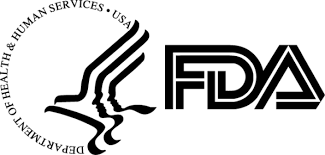
Editor's Note The US Food and Drug Administration (FDA) designated Getinge’s recall of Vaporizer Sevoflurane Maquet Filling and Sevoflurane Quick-Fil and Philips’ recall of Tack Endovascular Systems as Class 1s, the most severe category indicating serious risk of injury or death. The Getinge recall is an expansion of a 2024…
Cost-shifting concerns rise as GOP eyes Medicaid cuts
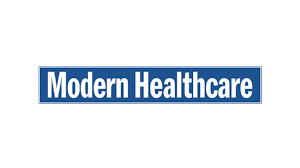
Editor's Note Large employers are warning hospitals they will not absorb higher costs if plans by Republicans and the Trump administration for deep Medicaid cuts proceed, a February 28 article in Modern Healthcare reports. The threat of reduced Medicaid funding has reignited concerns about hospitals shifting costs onto employers and…
Study: Prolonged general anesthesia linked to long-term cognitive decline

Editor's Note Prolonged exposure to general anesthesia during surgery contributes to long-term cognitive decline, affecting executive functioning, selective attention, mental speed, and information processing, according to a February 18 study published in the European Journal of Anaesthesiology. This prospective longitudinal cohort study followed 1,823 adults aged 25–84 in the Netherlands…
Real-time cancer detection improves brain surgery precision
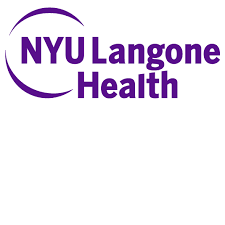
Editor's Note A new genetic testing tool could allow surgeons to accurately identify cancer cells in real time during brain surgery, potentially improving surgical outcomes and reducing cancer recurrence, NYU Langone Health System announced. According to a February 25 press release, the Ultra-Rapid droplet digital PCR (UR-ddPCR) technique identifies cancer…
Research highlights anesthesia provider knowledge gap on drug, hormonal contraceptive interactions
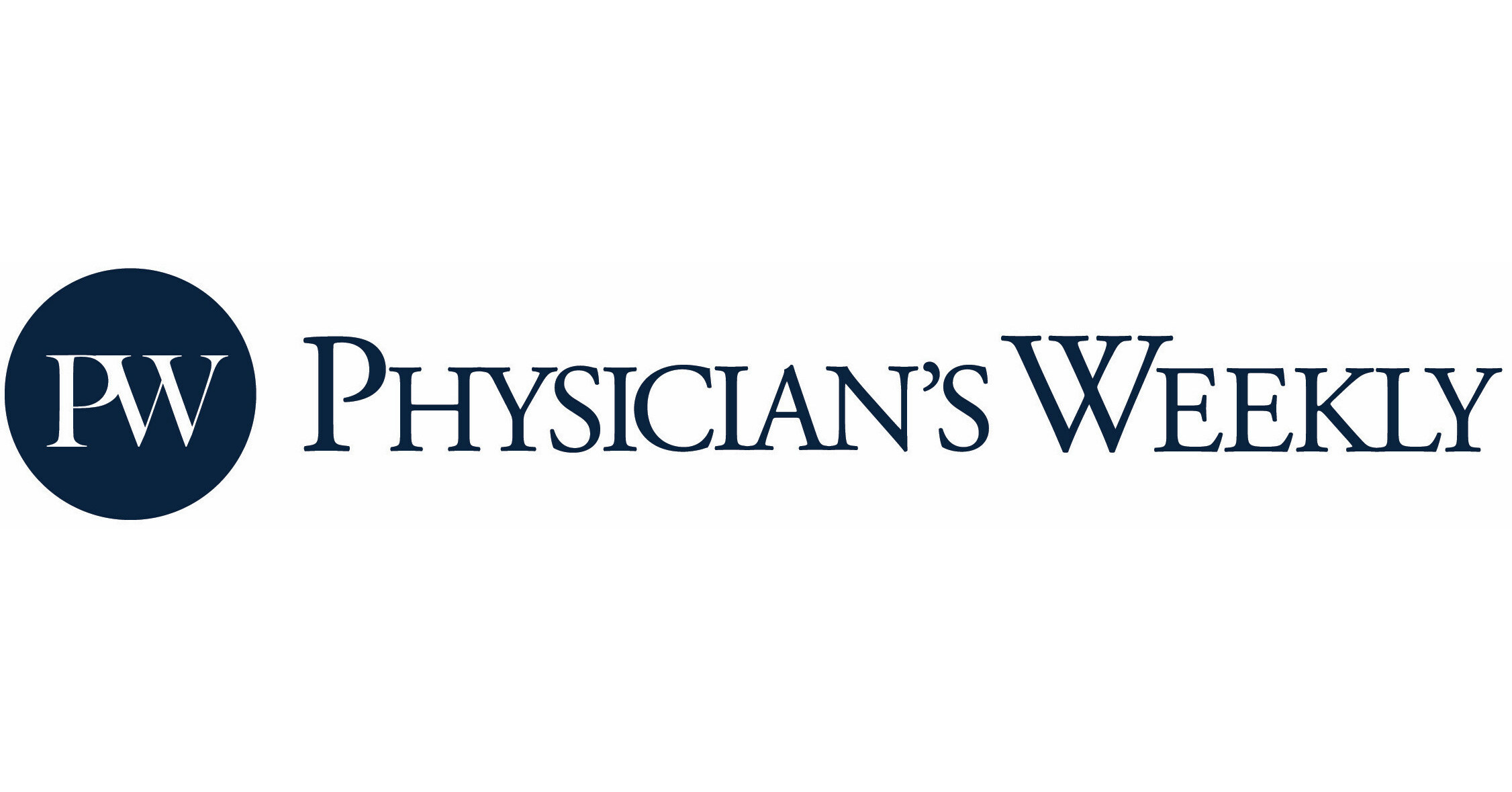
Editor's Note Insufficient awareness of drug interactions with hormonal contraceptives (HCs) among anesthesia providers could lead to unintended pregnancies and preventable health consequences, according to survey published in Anesthesia & Analgesia. Physician’s Weekly covered the news February 27. The article specifically cites sugammedex and aprepitant, both of which are widely…
Study links intraoperative synthetic opioids, worse postoperative pain
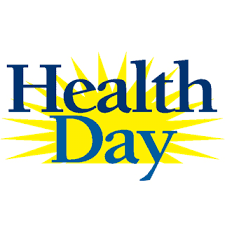
Editor's Note Using powerful synthetic opioids remifentanil and sufentanil during surgery increases risk of patients suffering during recovery, according to a study in the journal Regional Anesthesia & Pain Medicine. HealthDay reported the news February 27. According to the article, researchers analyzed data from 971 patients who underwent surgery—37% orthopedic…
Tooth-in-eye surgery offers hope for restored vision

Editor's Note For the first time in Canada, surgeons aim to restore a patient’s sight by gluing a lens into a removed tooth, temporarily implanting the structure into the cheek to develop a tissue lining, then sewing it onto the front of eye three months later. CTV News reported on…
Study: Prophylactic antibiotics reduce SSIs in pediatric cholecystectomy
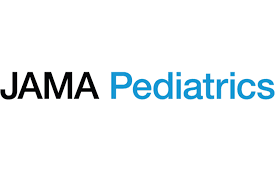
Editor's Note A cohort study published February 24 in JAMA Pediatrics found that prophylactic antibiotics reduced the odds of surgical site infections (SSIs) by 72% in children undergoing cholecystectomy for uncomplicated cholelithiasis. However, extended-spectrum antibiotics offered no additional benefit over cefazolin, suggesting that simpler prophylaxis protocols could optimize outcomes while…
Providence Health strike ends with wage increases, staffing changes

Editor's Note Nearly 5,000 healthcare workers at Providence Health in Oregon secured substantial wage increases and improved staffing plans, ending a historic six-week strike that began January 10, according to a February 25 article in MedPage Today. According to the article, the strike involved eight RN bargaining units and marked…

 Free Daily News
Free Daily News